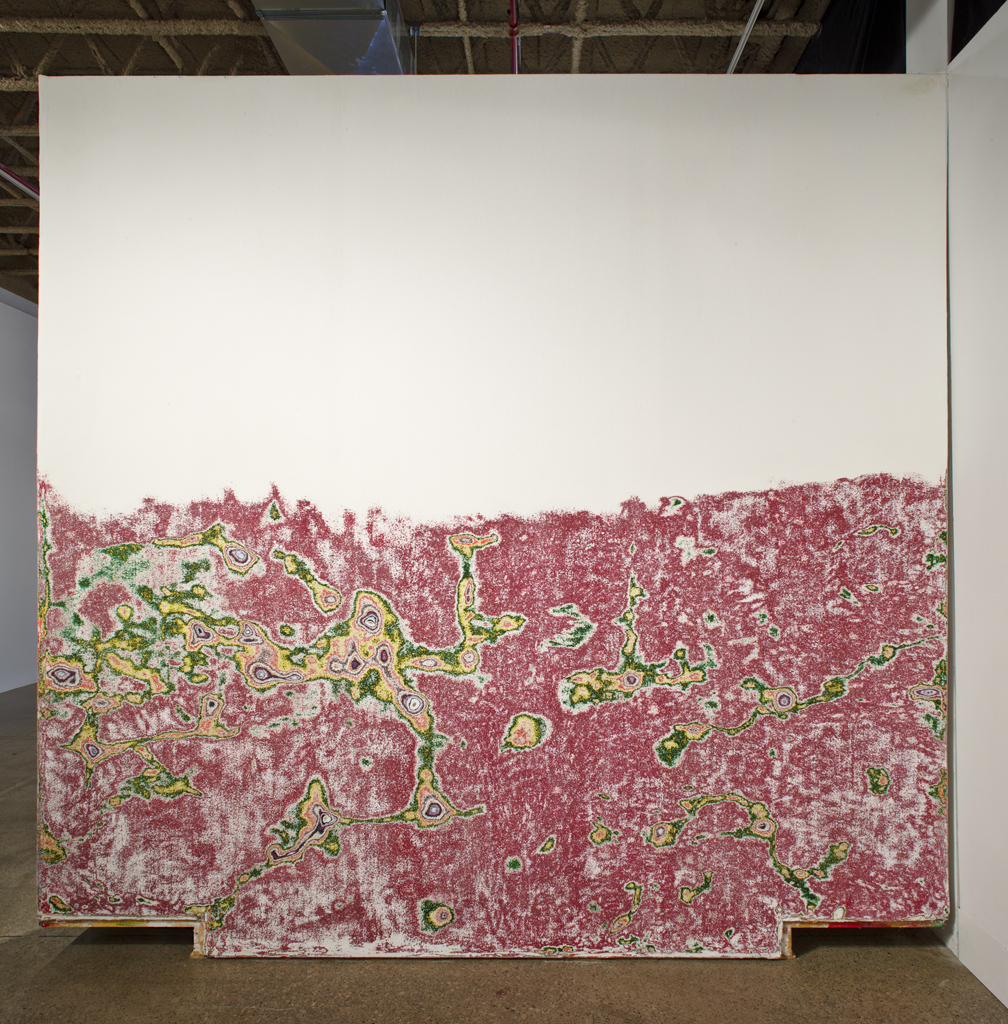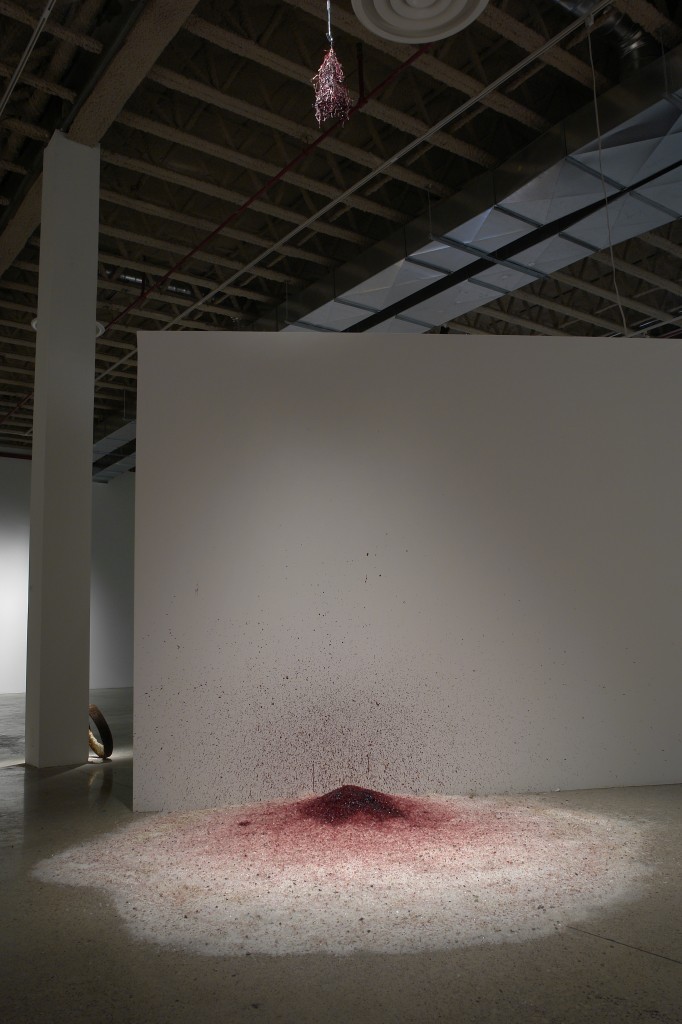Index Slider En1
Josh Thorpe

Message to Japan
We are thinking of you.
Artist information
Josh Thorpe is an artist and writer whose interest in art stems from the simple act of sitting with friends, observing the world. Recent and upcoming work includes exhibitions or special projects in Toronto, Winnipeg, New York, and London. Articles and interviews have been published by Canadian Art, Border Crossings, and the Power Plant, and in 2009 Art Metropole published Thorpe’s first book, Dan Graham Pavilions: A Guide. In 2011, Thorpe was a finalist in the Toronto Friends of the Visual Arts Artist Award and was elected to the Sobey Art Award Ontario Long List.
Official Website: Josh Thorpe


Jenn E Norton

Message to Japan
Imagination is a great vehicle to record experience. Creative interpretation of an event is not authoritative, it offers room for many perspectives in spite of its singular form. History doesn’t need to be written by an official designated hand, but by the many who recount with diverse gestures. I send my work to you in the spirit of this, and know that over time I can enter the imaginative space that you will send to me, to us, for everyone.
Peace, hope and strength.
Artist information
Ordinary objects and activities become strange in Jenn E Norton‘s imaginative and highly visual work. The skillful insertion of disjunctive imagery within familiar landscapes, bound together with the glue of composite editing, bends longstanding expectations to open new dialogues. Her interdisciplinary practice, including video, installation, kinetic sculpture, sound and photography is critically engaged, often performative and exists within hybrid states. Norton works with burgeoning and antiquated technologies, the sublime and the banal, formal and intuitive, narrative and document. These contradictory forces relegate to a place where comedy and tragedy kiss. While her cast may be her cats, objects or multiple versions of herself in situations that derive from her immediate experience, she presents small moments from her microcosm that point to a larger context.


Emelie Chhangur

Message to Japan
Let’s open our imagination for a moment and picture how we might relate to a place through a dream we share with the people who live there.
Let’s imagine real images to show the world what really moves us—though we create them together through fictitious situations. Let’s truly participate in the reality of our place through the imaginary frameworks of art projects.
And through these frameworks, let’s propose real encounters that have the power to redefine the meaning and purpose of art.
While we are dreaming, let us also re-imagine the ethics of current modes of production that constitute the map of this contemporary art world and its relationship to people and/or places that are not on this art “map.” Let’s propose something new to the art world’s systems of inclusion and exclusion. Let’s also reconsider aesthetics, because, in the real world, your view of what is beautiful may not be the same as mine, or someone else’s.
Let’s open up the possibilities of the discourses of beauty and art to alternative, hybrid forms of expression and diverse cultural circuits. And let’s storm the institutions with our new collective power to imagine that art can have a real purpose and also a new territory.
Artist information
Emelie Chhangur is an artist and award winning curator and writer based in Toronto, where she works as the Assistant Director/Curator at the Art Gallery of York University. Over the past decade, she has developed an experimental curatorial practice in collaboration with artists. Recent projects (2011) include The Awakening, a three-year multi-faceted participatory performance with Panamanian artist Humberto Vélez and the Centre for Incidental Activisms (CIA), a radical proposition of gallery “in-reach,” where participatory, activist, and research-based practices were emphasized over conventional methods of exhibition display.
Chhangur has published a number of texts, which follow the principles and strategies of the artists she works with, most recently (2011) the hybrid screen-play/curatorial text Oliver Husain: Mechanisms at Play, and the relational text/diary Walking into and along-side Diane Borsato’s Walking Studio.
Chhangur is interested in how exhibitions and texts perform to create unique interpretative experiences as well as in finding ways to enact activisms from within an institutional framework and believes the contemporary art gallery must serve a social as well as aesthetic function. She makes single channel videos and installations, which are shown nationally and internationally, but questioning the nature and function of a contemporary art gallery is her primary art project at the moment.

